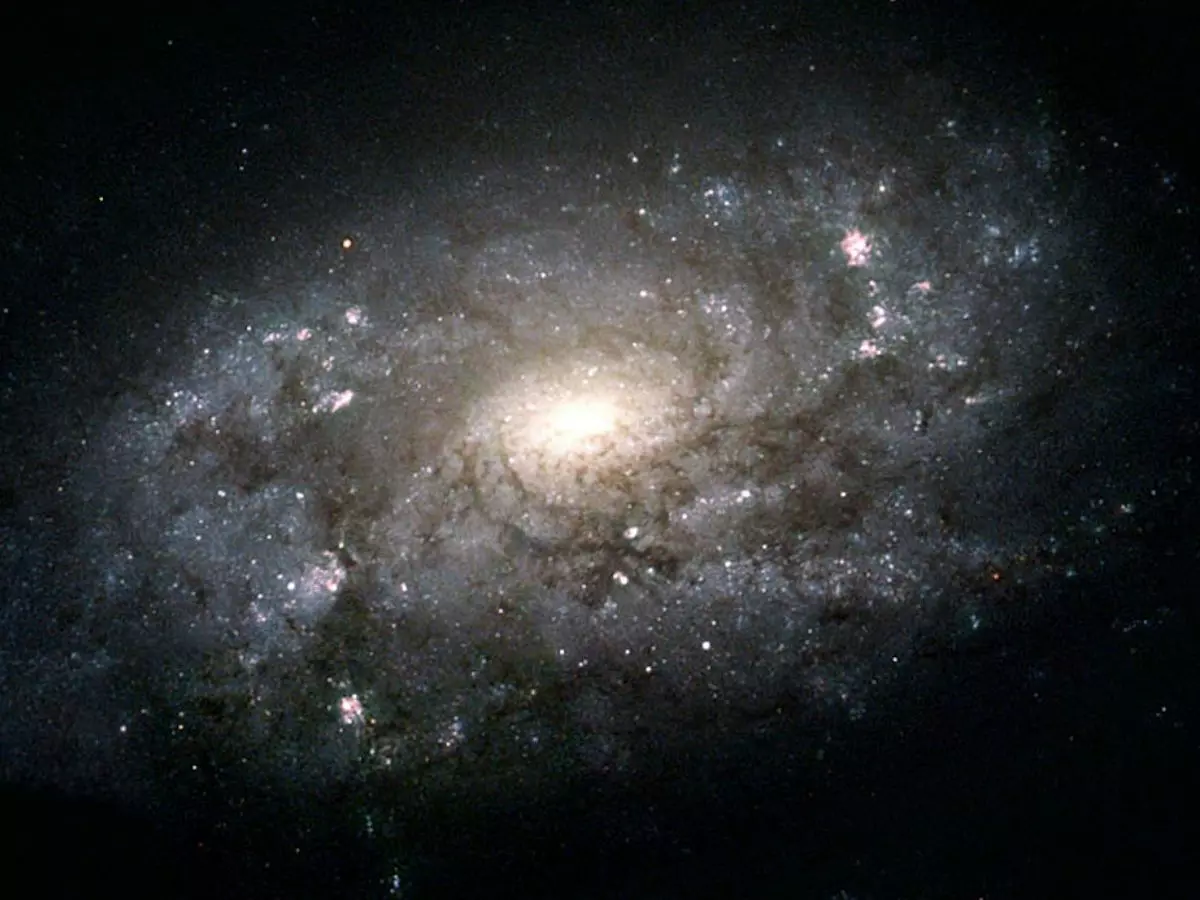Over 300 Million Planets In Our Galaxy Could Have Life, Says NASA Study
The figure of 300 million is a rough figure and according to NASA, there could be more. The study was a collaboration between scientists at NASA who have worked on the Kepler mission as well as researchers from numerous international agencies.

Whenever we look to space, we have so many questions in our mind, and one of them is whether other life-forms exist in the vast, never-ending space.
We¡¯ve seen several claims of extraterrestrial encounters and while some are hard to believe, some are also hard to not believe in.
 NASA
NASA
And now, according to new research, there could be at least 300 million potentially habitable planets in our galaxy. The new study (published in the Astronomical Journal) claims that over half of all Sun-like stars in our galaxy -- the Milky Way -- could have a habitable planet in its orbit.
The figure of 300 million is a rough figure and according to NASA, there could be more. The study was a collaboration between scientists at NASA who have worked on the Kepler mission as well as researchers from numerous international agencies.
In order to get this rough estimate, NASA looked for stars like our Sun in terms of age and temperature and then looked for exoplanets similar to Earth¡¯s size (eliminating rocky planets). They also saw how far or close a planet was from this sun in order to find one in the ¡®Goldilocks Zone¡¯ -- that could support liquid water on its surface.
The analysis of temperature and energy on a planet due to a star wasn¡¯t possible earlier. However, with the help of ESA¡¯s Gaia mission, they could get a more accurate picture of the galaxy.
 NASA
NASA
NASA scientist and study author Ravi Kopparapu explains, "We always knew defining habitability simply in terms of a planet's physical distance from a star, so that it's not too hot or cold, left us making a lot of assumptions. Gaia's data on stars allowed us to look at these planets and their stars in an entirely new way."
NASA states that some of these planets could actually be really close to each other, making them ¡®interstellar neighbours¡¯. The closest planet that seems habitable is around 20 light-years away.
